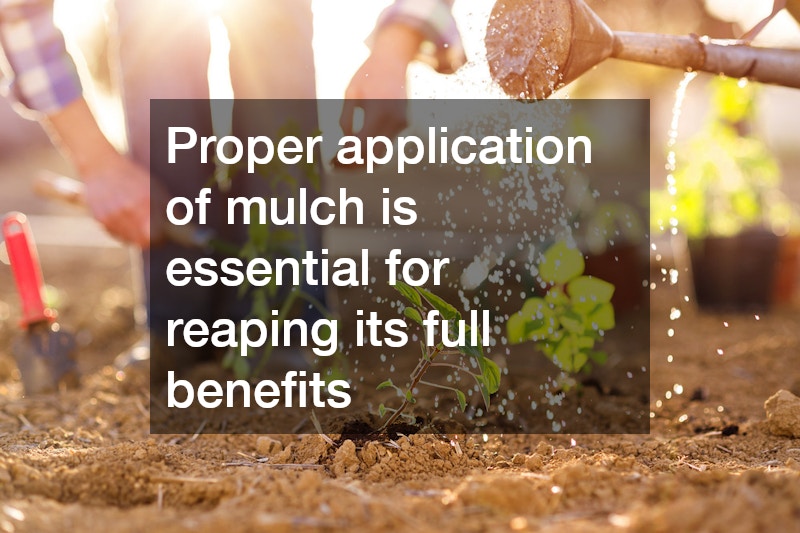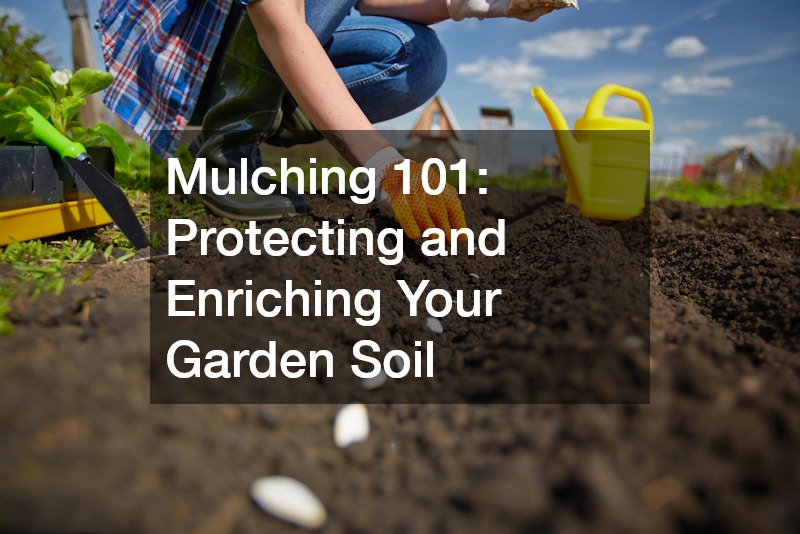Mulching is a versatile technique that plays a crucial role in gardening. It involves covering the soil with a protective layer of material to conserve moisture, improve fertility, and reduce weed growth. This article delves into the essence of mulching, its significance, types, application methods, and seasonal considerations to maximize your garden’s potential.
What is Mulching and Why is it Important?
Mulching refers to spreading material over soil as a protective barrier. It is vital for preserving soil health, enriching its nutrient content, and shielding it from the elements.
Different mulching materials, such as organic and inorganic options, cater to various garden needs, making it a flexible practice for gardeners.
The primary benefits of mulching revolve around soil protection and enhancement. By buffering garden soil temperature, mulch creates a favorable environment for plant roots, which contributes to robust plant development. Moreover, it minimizes soil compaction from rain, thus averting erosion and promoting soil structure.
Another key advantage is moisture retention. Mulch acts as a shield against evaporation, maintaining consistent soil moisture levels, which reduces the need for frequent watering. Consequently, this water conservation aspect makes mulching a significant practice for sustainable gardening.
Soil erosion poses a significant challenge in gardening, where heavy rains or wind can lead to the loss of topsoil. Mulching provides a protective layer that breaks the impact of rain, shielding the soil from erosion and preserving its integrity over time. Additionally, as organic mulch decomposes, it adds vital nutrients back into the soil, enhancing its fertility.
What are the Different Types of Mulch?
Organic mulches are derived from natural materials and include options like shredded leaves, grass clippings, straw, and wood chips. These mulches break down over time, enriching the soil with organic matter and nutrients, making them excellent choices for nurturing plant health and soil vitality.
Shredded leaves are a readily available mulch option that decomposes relatively quickly. They add organic matter to the soil, improving its structure and nutrient content. Grass clippings, another common organic mulch, are best applied in thin layers to avoid compaction and allow for proper aeration.
Wood chips provide a long-lasting mulch option that breaks down more slowly compared to other organic mulches. They create a natural barrier that prevents weed growth while enhancing soil fertility over time. Additionally, they offer aesthetic appeal, making them a popular choice for decorative garden areas.
Inorganic mulches are materials that do not break down over time, such as stones, gravel, and plastic sheeting. These options are excellent for specific gardening purposes, such as preventing weed growth, controlling soil erosion, and creating visual appeal in landscape designs.
How to Apply Mulch Effectively?
Proper application of mulch is essential for reaping its full benefits. Start by preparing the garden bed by removing weeds and ensuring the soil is adequately watered. Spread a layer of mulch about 2 to 4 inches thick around plants, taking care not to cover the stems or trunks directly to prevent rot.
When mulching around trees and shrubs, create a doughnut-shaped ring rather than piling mulch against the trunk. This technique prevents moisture buildup that could lead to rot and provides room for air circulation. In flower beds, maintain a consistent depth to ensure uniform moisture retention.
Applying mulch in layers allows for gradual decomposition and nutrient release. For organic mulches, periodic replenishment is necessary as they break down, typically once or twice a year. Regularly check the mulch thickness and refresh it as needed to maintain its effectiveness.
Piling mulch directly against plant stems or tree trunks is a common mistake that can lead to decay and pest infestations. To avoid this, maintain a small gap or donut shape to allow for proper air circulation and prevent rotting.
When is the Best Time to Mulch?
The optimal time for mulching depends on the specific needs of your garden and regional climate. Spring is generally favorable for applying mulch, as it helps retain soil moisture before the summer heat intensifies and curbs early weed growth.
In the fall, mulching can insulate plant roots against cold temperatures, preventing frost damage. It also prepares the garden for the coming growing season by adding essential organic matter that enriches the soil during winter decomposition.
Each season presents unique mulching opportunities and challenges. Understand your plant species’ requirements and regional climate to tailor mulching practices accordingly. Adapt selectively to promote a healthy, thriving garden environment year-round.
Weather conditions, such as precipitation and temperature fluctuations, significantly influence mulching efficacy. In arid climates, mulching helps retain moisture, whereas in regions with high rainfall, it prevents soil erosion and nutrient runoff.
Mulching stands as an invaluable practice in gardening, offering myriad benefits for soil health and plant vitality. By protecting against erosion, conserving moisture, and enhancing fertility, mulching enhances plant growth and resilience. Understanding the different mulch types, application techniques, and seasonal strategies is essential for successful implementation. Embrace mulching in your gardening approach to cultivate a thriving, sustainable garden environment.


